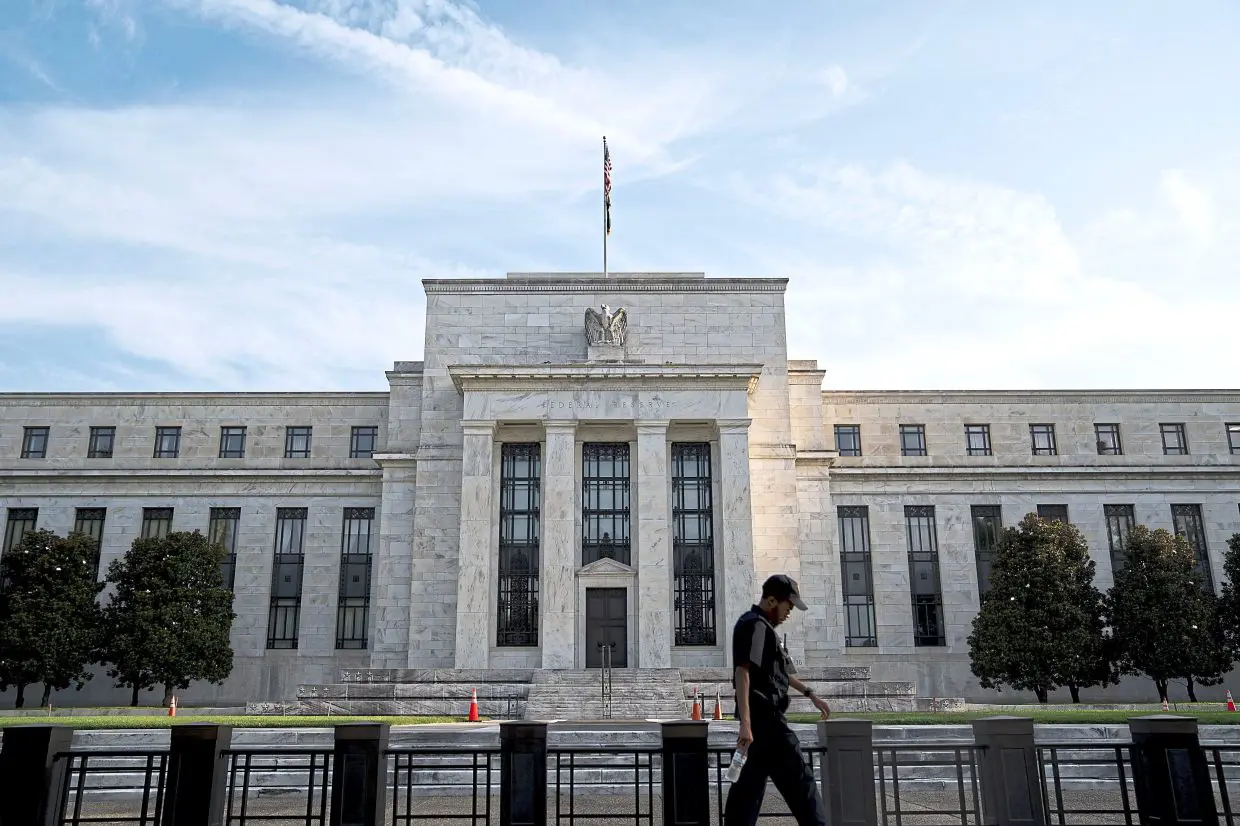OVERALL, there was one major economic event and the release of two major economic indicators in the week which had influenced global currencies and bond markets.
On Wednesday, the US Federal Reserve (Fed) unveiled its latest policy interest rate decision.
As widely expected, the Fed kept its benchmark Fed Funds Rate (FFR) unchanged at 5.25% to 5.50%. The summary of economic projections now points to only one cut in the FFR of 25 basis points (bps) in 2024.
The June “dot-plot” is now down from three to four cuts to just one, as contained in the March projections, strengthening the higher-for-longer narrative.
While this only indicates the near-term US interest rate path, the more exciting bit of the document is its longer-term FFR projections. It suggests that the FFR is likely to remain elevated for an extended period, which will continue to pressure emerging economies’ currencies versus the US dollar.
Coinciding with the anticipated delay in the first rate cut, the Fed’s projections also contained its personal consumption expenditures (PCE) inflation projection, which was revised higher by 0.2 bps in 2024 and 0.1 bps in 2025.
An expected elevated inflation expectation explains the Fed’s preference for a rate cut delay.
However, the Fed also projects that there will be four rate cuts in 2025, signifying its expectations that inflation will dwindle in 2025. On the same day, just before the Federal Open Market Committee (FOMC) meeting’s conclusion, the United States released its May consumer price index (CPI) data.
US consumer inflation fell 3.3% year-on-year (y-o-y) in May, while the core inflation rate hit a level of 3.4%, which is lower than the previous month’s 3.6% but remains higher than headline inflation.
Despite the Fed’s thinking of inflation remaining sticky on the upside, there are signals of declining price pressures.
The May CPI showed that lower petrol prices and lower prices of goods balanced out the rising costs of rental housing.
Meanwhile, the second set of pertinent and market-driving economic data was the release of the latest US producer price inflation measure.
The final demand for the US Producer Price Index (PPI) fell 0.2% month-on-month (m-o-m) in May, versus the consensus expectation of a rise of 0.1%. The final demand core PPI, less food and energy, was unchanged m-o-m versus consensus of 0.3% after the 0.5% increase in April.
On a y-o-y basis, the PPI rose 2.2% in May but lower than the 2.3% gain in April, and the core index rose 2.3% versus 2.5% in April.Robust market
Despite anticipating fewer rate cuts by the Fed in 2024, bond markets were modestly more robust. We noted traders were especially cognisant of the lessening inflationary pressures. The two-year US Tresury (UST) is down about three bps week-on-week (w-o-w), while the 10-year UST is down by about four bps w-o-w.
In the foreign exchange space, as of writing, the dollar was on its way to complete a weekly gain after it recovered from mid-week’s dip due to the softer-than-expected US CPI data.
DXY index
The DXY index remained above 150 in the run-up to the consumer inflation and the US Fed FOMC meeting, but it dropped to as low as 104.27 after the report showed the core inflation grew at the slowest pace since 2021.
Risk-on mood filled global markets, sending global stock markets higher, with the MSCI All Country World Index up 1.2% during the same session.
Currency traders looked past the hawkish-sounding FOMC meeting, where updated projections suggest officials are now comfortable with a lesser rate cut this year.
UST market
The US Treasury bond market also rallied, with yields dropping by double-digits overnight. Post-meeting, market players were pricing in two rate cuts, with the earliest cut possibly happening in September.
However, during the Asia session on Friday, the DXY has returned to the 105 area as we suspect traders deemed the recent dollar sell-off to be overdone, and higher inflation projections by the Fed mean the demand for the dollar will be buoyed by the “higher-for-longer” interest rates narrative.
US dollar to ringgit
In the domestic space, the US dollar-to-ringgit currency pair started this week on firmer footing and ended Monday at 4.723 as a reaction to the uptick in US non-farm payrolls last Friday. T
he pair continued to trade above the 4.70 level the week after hovering below it on suspected foreign flows.
The mixed local economic data may have supported the pair, coming from the slower-than-expected growth in Malaysia’s industrial productions and sluggish growth in retail sales.
However, the unemployment rate was steady at 3.3% for the sixth straight month as employment continued to grow steadily, signalling a healthy labour market in Malaysia.
Prepared by the AmBank Economics team.
For enquiries, please contact: [email protected].



